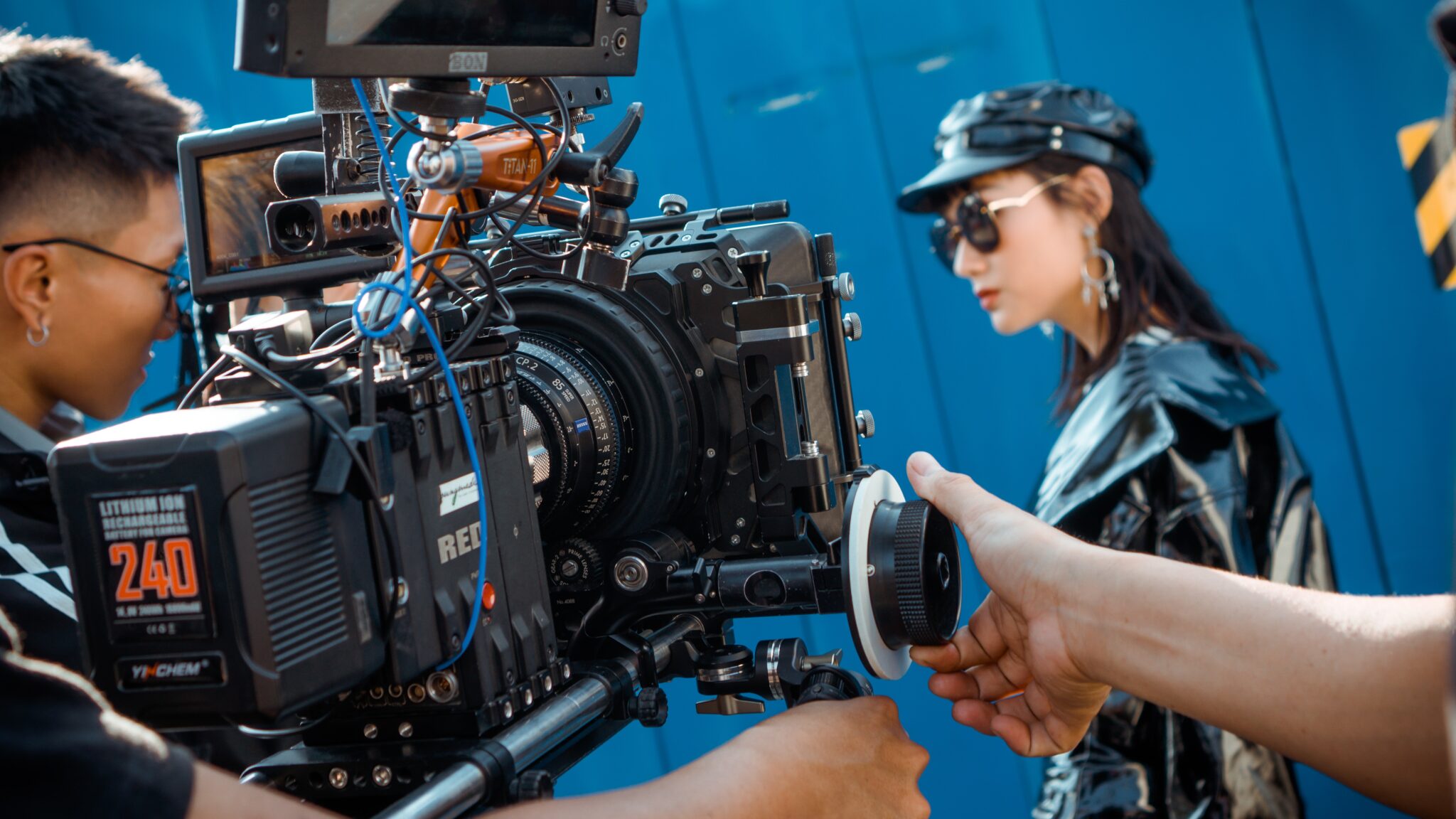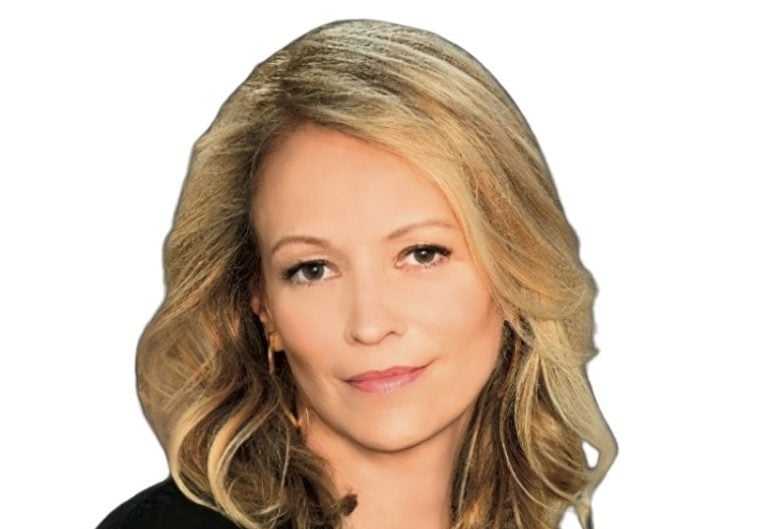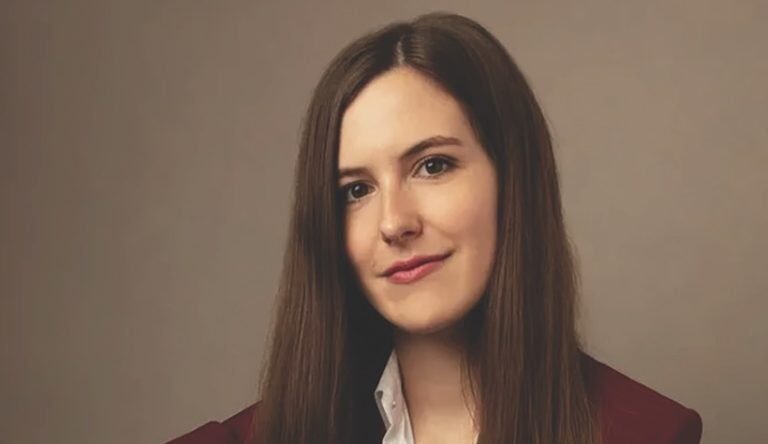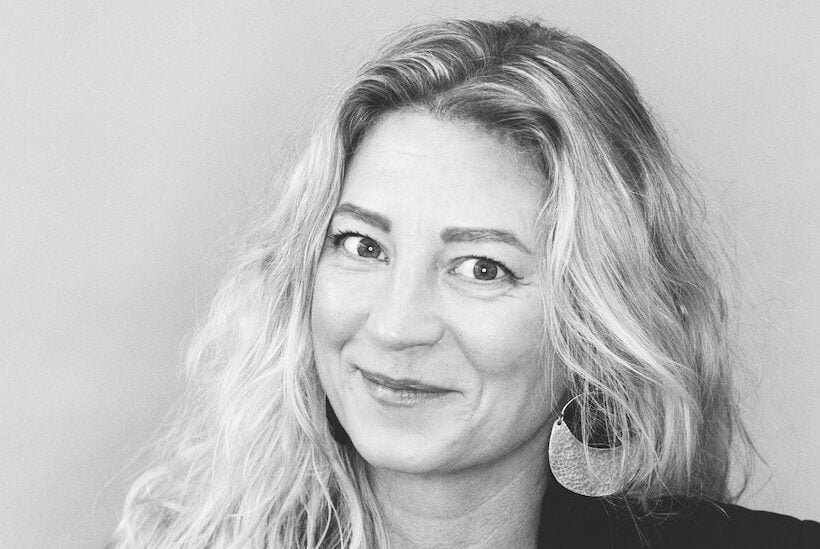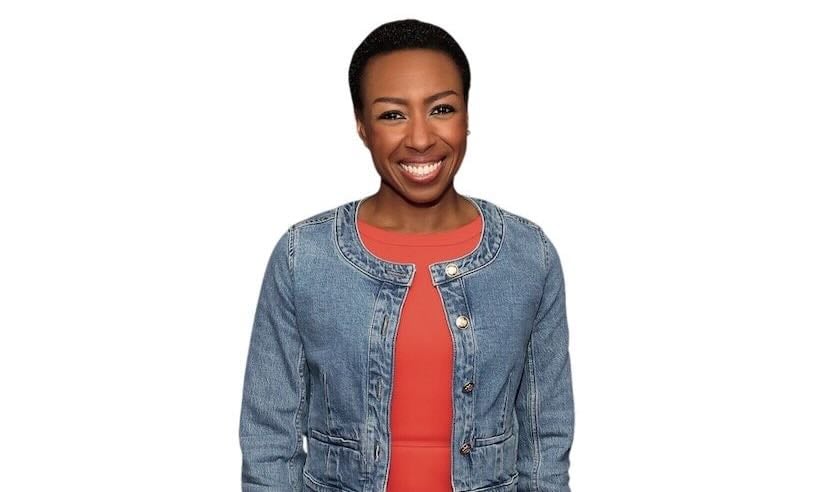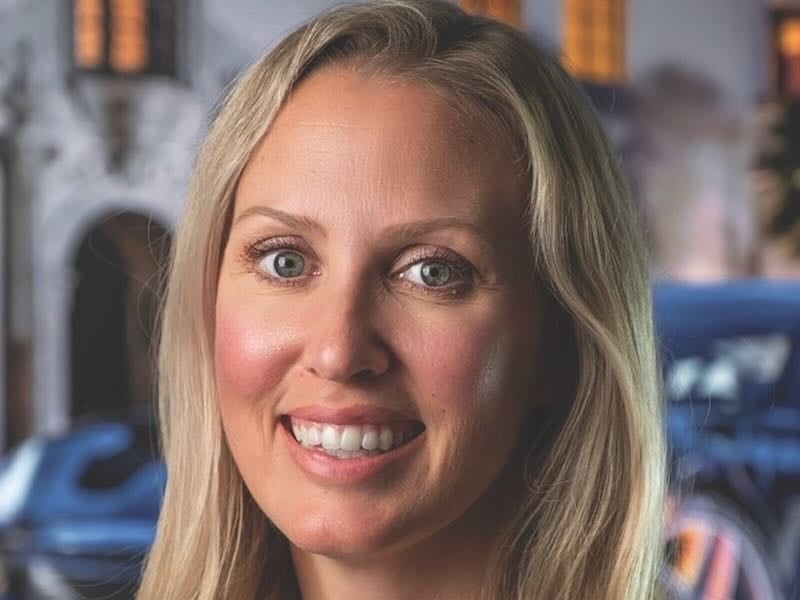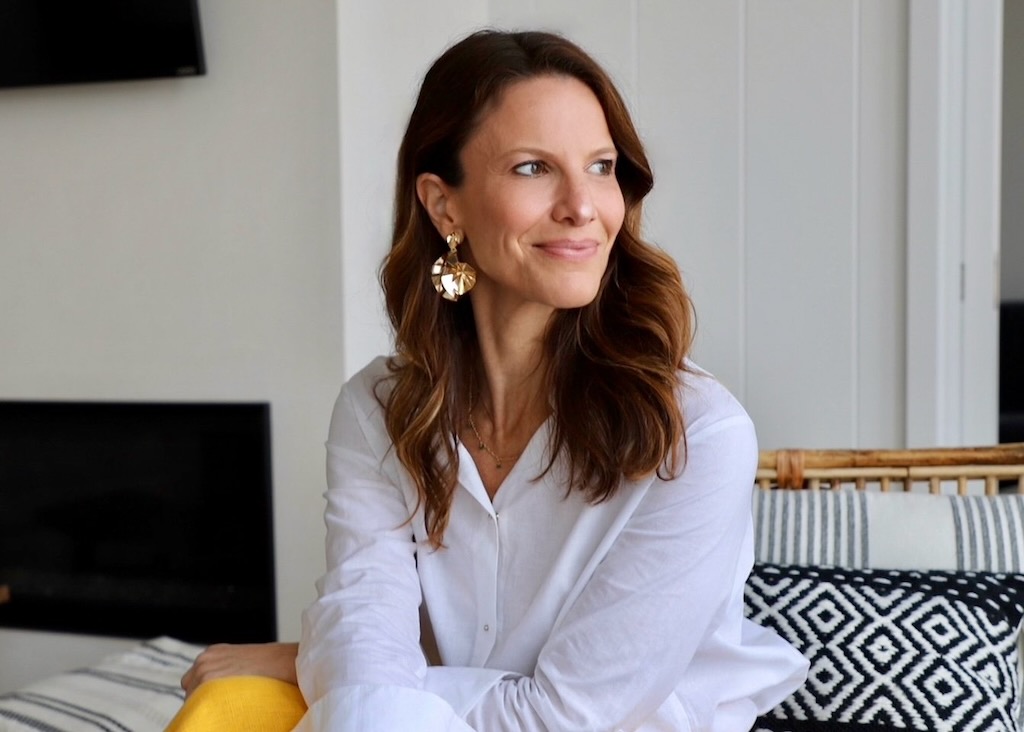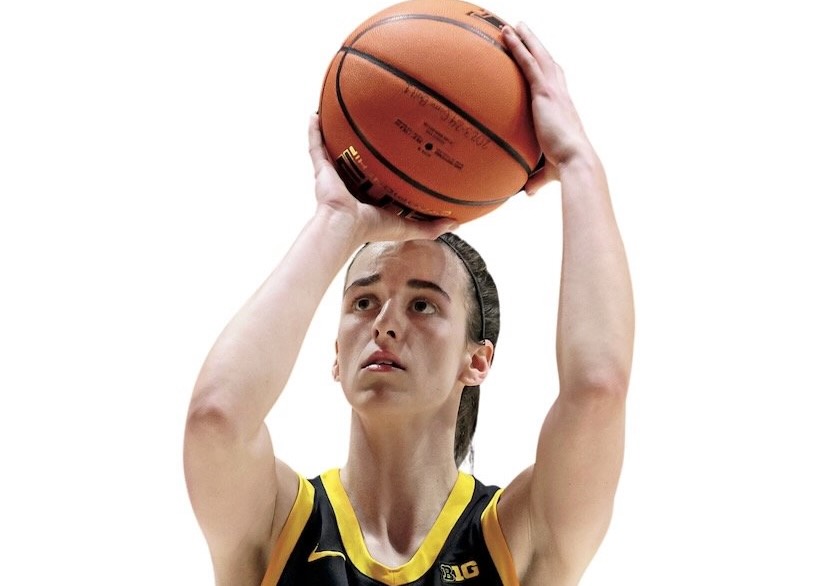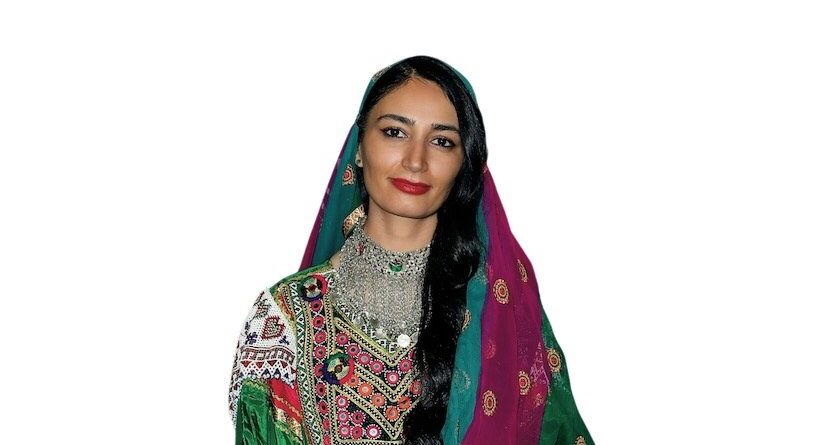On Wednesday, March 1st, the first day of Women’s History Month, the Women and Worth Leading Voices series featured two of Hollywood’s female trailblazers for a discussion on the gender lens in media.
We spoke to Adrienne Becker, CEO and co-founder of Level Forward, and Madeline Di Nonno, CEO and president of the Geena Davis Institute.
Level Forward, founded in 2018, is an award-winning, story-driven, and impact-minded “mini studio” reimagining how story-telling, business practices, and social change can work together. They are responsible for the production of incredible films like “Body Parts,” “The Year Between,” “The Big Payback,” “American Woman,” and more.
The Geena Davis Institute is the leading research-based non-profit working within the entertainment and media industry to achieve gender equity in family media and entertainment. Coming up on its 20th anniversary, the Geena Davis Institute has sponsored the largest amount of research study ever done on children’s entertainment media, spanning more than 30 years.

I asked Becker and Di Nonno to explain why it is so important to attain equal gender representation in film and media. Becker responded, “It’s critical because it’s identity forming. It’s how we figure out who we are in the world. And then it’s reinforced by media…what was once formative and is now just affirming. So it’s a self-perpetuating cycle.” Di Nonno added, “very simply put, what happens in the world of make-believe has real-world impact. [At the Geena Davis Institute], we concentrate on what our youngest children are seeing because if you really want to unpack unconscious bias, you have to go young.”
Even though women make up 50-51 percent of the population, when the Geena Davis Institute was first founded, they discovered that female characters only made up about one-third of the characters we see on screen. Diving into unconscious bias, we discussed why this disparity is such a big problem. When it is normal for children to see consistently male-dominated narratives across every media platform they consume, it affects not only how they see the world but also how they grow up to interact with it. To allow our perception of the world to mirror reality, our media needs to reflect our population accurately. Furthermore, type-casting women in stereotypical roles only perpetuates those stereotypes rather than breaking us out and allowing new frontiers of progress. For this reason, filmmakers have a moral obligation to be more conscientious of how their project fits into the larger socio-cultural narrative.
Whether we know it or not, we project ourselves onto the characters we see on screen. Becker says so much goes into the decisions that result in the characters and stories being presented. Financing plays a significant role in the decision to “reinforce dominant narratives or uplift counternarratives.” Becker explains that there is a significant disconnect between what we see, i.e. the final project, and everything else that goes into its production. Everything is riddled with barriers to entry for female creatives, from the education to workforce pipeline to the financial backing available to who is writing and directing the movie. This, in turn, affects the representation we see in the final product.

Di Nonno doubled down on this point, saying, “we know from our own studies that when women are in the driver’s seat, as writers and directors, it can be anywhere from an eight to 10 percent increase in on-screen roles. Because logically, if you think about it, storytellers tell stories that they either know or love. It’s either from a lived experience or something that they’ve been passionate about. So if it’s a five to one ratio of men to women behind the camera, then of course, you’ll see some of the inequities we’ve seen in terms of what’s happening on screen.”
Often, unequal representation is not the intention but a product of a long-standing system that bars certain demographics from decision-making roles. To break out of this cycle and create a more inclusive environment both on screen and off, organizations must consciously try to do things differently. Appointing diversity, equity, and inclusion officers on the corporate side is a great place to start, as it weaves accountability into the organization’s fabric. There are many ways to institute real change in this industry that has long perpetuated exclusionary practices, and there has already been a great deal of progress. Organizations like the Geena Davis Institute and Level forward are leading the charge toward taking stock of where we have been, where we are going, and how we can achieve a more equitable future.
Watch the whole interview here:
And don’t forget to sign up for our annual Women and Worth summit taking place in person, in New York City, on April 26, 2023. Sign up here.
We hope to see you there!

